April 15, 2025 | 22:04 GMT +7
April 15, 2025 | 22:04 GMT +7
Hotline: 0913.378.918
April 15, 2025 | 22:04 GMT +7
Hotline: 0913.378.918
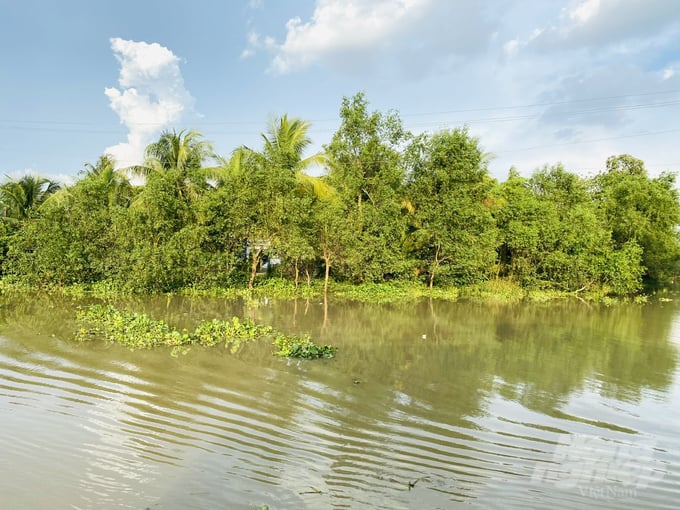
Many households in the Mekong Delta have been actively building "ecological embankments" by planting trees on both sides of rivers and canals. Photo: Le Hoang Vu.
In recent years, many households in the provinces and cities of the Mekong Delta have been actively applying many low-cost solutions, replacing materials such as sand, stone, cement, iron, steel, etc., to protect the safety of dike irrigation routes and the lives and property of the family in the face of riverbank and coastal erosion.
From the beginning of 2023, Dong Thap province has proposed a solution to plant cork and melaleuca trees in canals, riverbanks, and places at risk of landslides.
Le Quoc Dien, Deputy Director of Dong Thap Department of Agriculture and Rural Development, said that 2023 the province will plant about 120,000 cork and melaleuca trees on rivers and canals. By 2025, the province will organize an assessment of the effectiveness of the "ecological embankment" solution in preventing landslides.
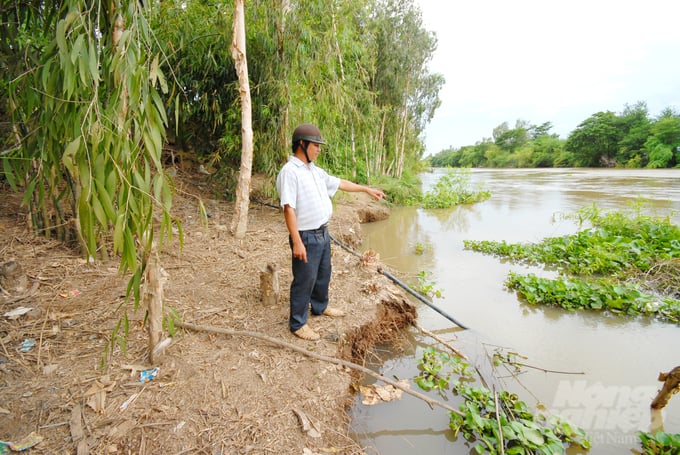
Some canals are planted with cork and melaleuca trees. Photo: Le Hoang Vu.
Some canals in Sa Dec City, Chau Thanh, Lai Vung, and Thanh Binh districts... have been planted with cork and melaleuca trees a few years ago, and so far, those canals have been protected safely. That is concrete evidence, enough to convince other people to follow to prevent and prevent landslides.
Le Quoc Dien said constructing concrete embankments using materials such as sand, stone, cement, iron, steel, etc., to prevent landslides costs a lot of money. If you want to invest in construction, you must wait for support from the Central Government. Meanwhile, the locality needs a sustainable, low-cost, but effective solution to encourage people to plant, thereby mobilizing enormous resources from society. The most important thing now is to promote propaganda so that people understand the meaning and value of ecological embankments.
Ong Ho Canal in Tan Quy Tay commune, Sa Dec City, has many landslides affecting travel. Therefore, the people very much agreed when the local government launched planting cork and melaleuca trees in front of the house to protect the road and embankment.
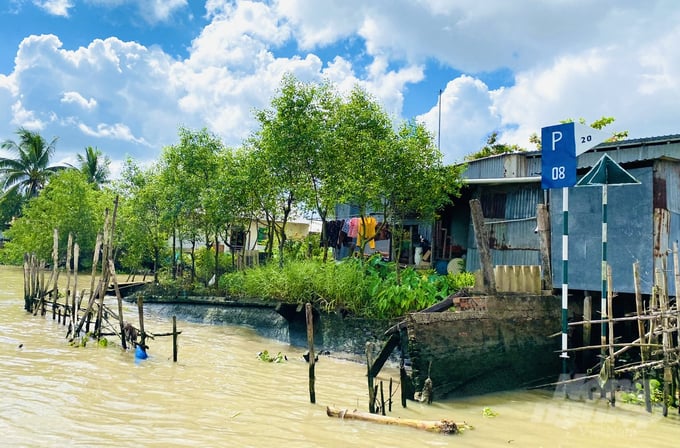
In 2023, Dong Thap plans to plant about 120,000 cork and melaleuca trees to make ecological embankments to prevent and control landslides. Photo: Le Hoang Vu.
According to people, growing cork and melaleuca is not difficult, if know how to plant at the right time and care for the tree at a young age, the tree will not die. Should grow cork in the dry season. The tree has taken root in the high water season; even if the water is flooded, the tree will still live well. The cork and melaleuca trees only need to be planted and cared for after about three years for good soil protection.
In Hau Giang, the locality has a system of rivers, canals nearly 3,500km long, and frequent landslides, affecting production and people's lives. To solve this problem, since 2019, the Provincial Irrigation Sub-Department has implemented an ecological embankment model with green trees to prevent erosion of riverbanks and canals, bringing economic and environmental benefits to people.
Tran Thanh Toan, Head of the Hau Giang Irrigation Sub-Department, said that the model of ecological embankment against landslides with green trees had been piloted in many primary and secondary canals with a length of more than 2km. This low-cost, easy-to-do solution effectively prevents landslides and adapts to climate change. The model has been deployed throughout the province in the annual rural transport, irrigation, and tree-planting campaign.
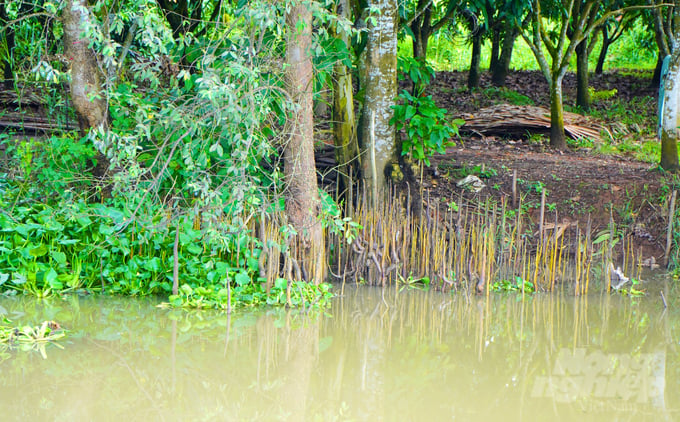
Lai Vung district has planted 5,000 cork trees along canals at landslide risk. Photo: Le Hoang Vu.
The whole Hau Giang province has had hundreds of kilometers of ecological embankments built in rivers and canals. The model is consistent with Resolution 120 of the Government on sustainable development of the Mekong Delta to adapt to climate change.
Hundreds of households in Bung Tau town (Pung Hiep district) responded to implementing the ecological embankment model. Nguyen Truong Sanh, a resident, said that Eco- embankment is easy to make, low cost, and anti-erosion and green trees create shade and a beautiful landscape.
The method of hard embankment construction using materials such as sand, stone, iron and steel, cement, etc., to prevent landslides has the advantage of having a quick effect and can protect some places for a while. However, from an environmental and economic point of view, this measure has a series of disadvantages.
Firstly, this construction method is costly in terms of investment costs. Second, intervening in one place will cause landslides elsewhere as the river will seek dynamic balance. Third, landslides are caused by a sand shortage; the more construction works, the more sand shortages so, creating a vicious circle. Fourth, every construction has a lifespan, and no structure is permanent.
Translated by Ha Phuc
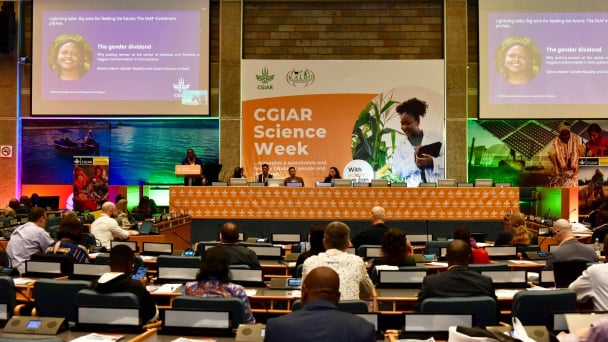
(VAN) The CGIAR’s Sustainable Animal and Aquatic Foods (SAAF) program represents a new approach that emphasizes the transformation of food systems toward sustainability.

(VAN) Scientists assume that industrial agriculture has been 'outdated.' As a result, a comprehensive overhaul or a revolution in the direction of embracing ecological agriculture is needed.

(VAN) The results from pilot fields are catalyzing the expansion of the One million hectares of high-quality, low-emission rice project in Kien Giang.
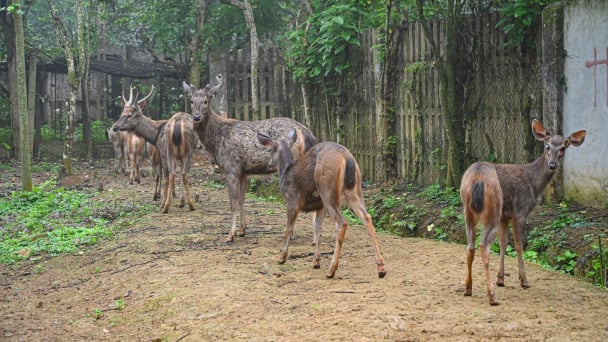
(VAN) On the morning of April 11, Cuc Phuong National Park received 18 individuals of endangered and rare wild animals from Da Nang city.
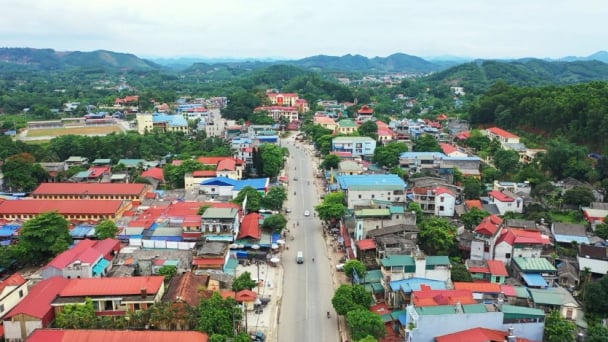
(VAN) FAO supports Vietnam in enhancing survey sampling techniques for the 2025 nationwide agricultural and rural census.
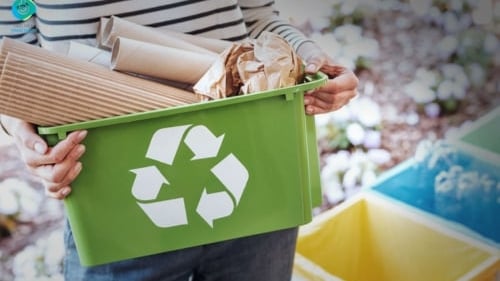
(VAN) By participating in the green transition, manufacturers become an indispensable part of the circular economy, contributing to resource optimization and environmental protection.

(VAN) The One Million Hectares of High-Quality and Low-Emission Rice Program can generate nearly 14 million tons of straw annually, posing an urgent requirement to diversify straw-based products.